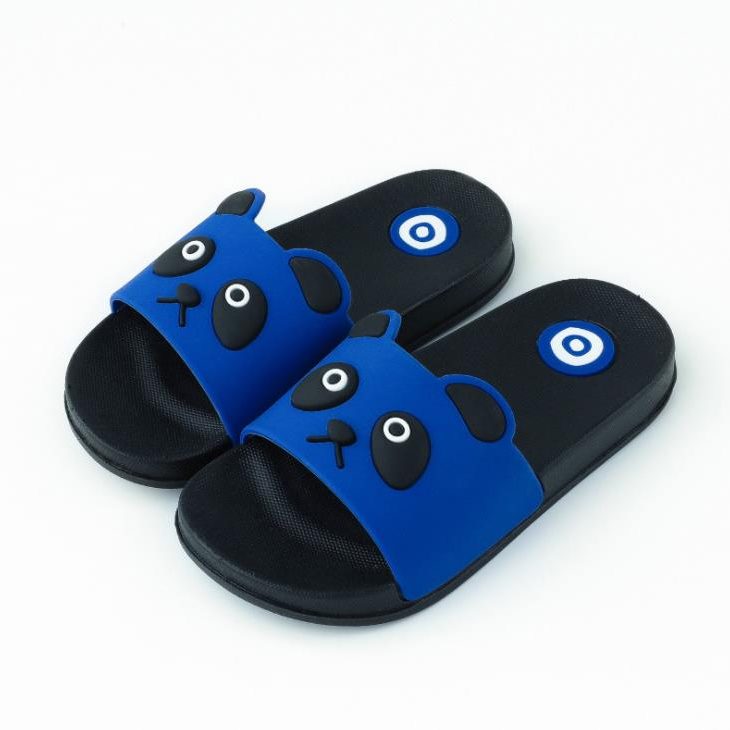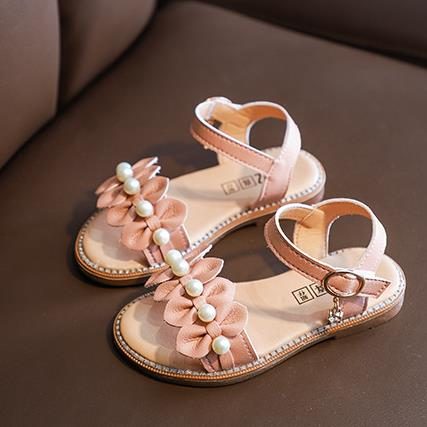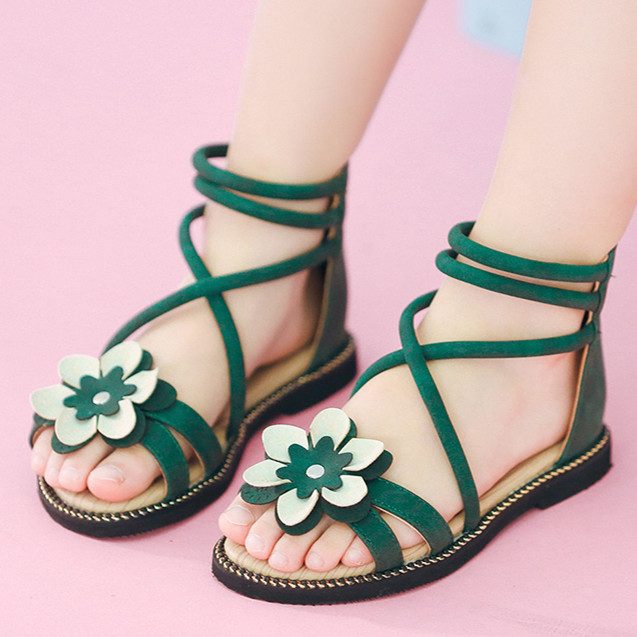Kids sandals are sandals worn by children. These sandal shoes are specially designed for children, and according to the growth and development characteristics of children’s feet at this age, they are designed to be suitable for their shoes. They are lightweight, breathable, comfortable and cute, and cater to the aesthetic needs of children.
How to buy?
During the 4-14 years of age, the position of the arch of the sole of the foot slowly begins to form. Due to the immature development, the child is prone to foot dysplasia. According to research shows. The footage formed by the day after tomorrow is closely related to the improper wearing of shoes in this age group. If the child wears shoes improperly, it will increase the chance of suffering from flat feet. At the same time, wearing factors such as inappropriate shoes and bad posture can also make the flat feet worse. At this stage. External assistance has a crucial impact on the growth of the child’s foot muscles. It is a pity that at home, most parents and schools are not aware of the importance of children’s foot health. In fact, the choice of children’s shoes at different ages is different. From the professional standards of children’s shoes, there are pre-step shoes, toddler shoes, steady shoes and so on. So, how should children of all ages choose the right children’s shoes?
The first stage: baby 15 months ago, crawling to early toddler
At this stage, the baby begins to try to stand and walk. At this stage, the baby should be encouraged to be barefoot indoors, let the foot directly touch the ground, increase the feeling of grasping the soles of the feet, and cultivate balance. In order to keep warm and avoid foot injuries, shoes with thin soles and soft shoes are also encouraged indoors. In the outdoor, the ground environment is complex, it is recommended to wear protective shoes.
Second stage: 15 months later, early stage of the toddler (gait is not stable)
At this stage, the children are in the stage of toddlers, and they have more time to walk. However, because the gait is not stable, it is encouraged to wear the toddler’s toddler shoes which are easy to bend in the front half of the shoes. The shoes are best designed with mesh. The sole is thin and soft, making the shoes easy to bend so that the child can easily start when walking.
Third stage: 24 months to 48 months, steady period (steady gait)
At this stage, the child is in a steady stage, the feet are subjected to long-term weight, and the thick sole of the foot covers the arch of the foot, which is easy to make the foot flat, and also has obvious hindering valgus and X-shaped legs. Young children at this stage should wear a relatively stable child’s steady shoes. These shoes need to have a particularly hard heel cup to further control the hindfoot valgus, gently support the arch, and the sole is also easy to bend, easy to start.
Precautions:
1, preschool children are suitable for wearing lightweight and soft shoes, cannot wear too soft shoes after primary school.
2, the baby’s skin is relatively tender, do not choose leather or plastic shoes, such shoes are easy to damage the baby’s tender skin, making it red, itchy, severe ulceration. Use leather (crushed leather, sheepskin) and canvas (cotton) for the face, pigskin, and cotton for the lining, resin sole or TPR sole and tendon sole shoes, such shoes have the ability to absorb sweat and deodorant. soft. Lightweight. Breathable, comfortable and other characteristics, the baby’s skin is fully protected. Infants and toddlers, the soles are too slippery and easy to wrestle, but they are too slippery and unfavorable.
3, the shoes are too heavy, will produce tension on the feet, easy to pull the ligaments at the child’s ankle.
4, the length and width of the shoe should be a certain gap, and it is generally suitable to insert a finger distance.
5, girls like to imitate adults wearing high heels, but wearing high heels before the foot is too stressed, will be deformed.


































